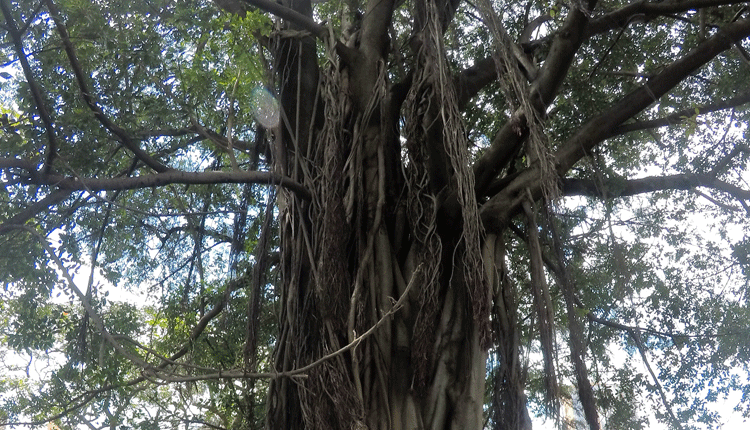Why the Mugumo is sacred
By Mwangi Mumero, September 29, 2021Awhile ago, a huge Mugumo (fig tree) fell by itself in Kamoko Village, in Nyeri county.
Real fear pervaded the elderly in the area, while younger members of the community needed directions on what economic value they could derive from the fallen tree.
However, nobody went close to the fallen giant— for firewood or any other product.
The huge tree trunk decomposed naturally, with wood splattering slowly from the effect of the elements— sun, rain and wind.
Timber sellers salivated from a distance, but nobody could dare touch it. Even women fetching firewood kept their distance.
“Our forefathers carried out sacrifices under the Mugumo tree seeking intervention during drought and the rain came in torrents afterwards.
How can we extract timber or firewood from the tree? It is asking for trouble for the village,” quipped Kanyari wa Ruoro, a 78-year-old man, after the tree fell.
According to wa Ruoro, the falling of the tree is a rare and a revered event and no one wants to antagonise the beliefs that have been a core part of the community for generations.
It is further believed that a falling of the tree comes with significant events including the end of colonisation, the death of the country’s first president and change of guard.
Myths around the Mugumo tree among the Gikuyu community remain pervasive even with modern education and religious practices. It was revered by forefathers as a place where they met their God, Ngai.
Others believed the spirits of the ancestors and the dead hover around the tree, and stories have been peddled about people hearing voices of dead relatives around it.
Others believe that going round its huge tree trunk seven times would automatically change your sex.

For Waronje Thande, all trees have a certain spirit or elements that make them suitable for certain things.
“And that’s how certain events were specifically held under the Mugumo and not others – because it has the aspects that correspond to the energy the people needed at the time,” he says.
Elder Warson Waweru also explains that the mugumo could have been chosen for its big shade, its ability to stay green even in dry weather and its longevity of over hundreds of years.
“In the past there were no churches or buildings for worship, so these trees provided the best altar for the people,” he explains.
Beneath the fig tree’s leafy branches, men prayed for rain for crops to grow and for green grass to flourish for their cattle and sheep.
On the other hand, women smeared themselves with the milk juice from the tree to help bear offspring. Fat from cattle, sheep and goats was mixed with milk to increase fertility.
Writing in Journal of African Cultural Studies, researcher Dr Mathew Karangi in a piece entitled ‘Revisiting The Roots Of Gĩkũyũ Culture Through The Sacred Mũgumo Tree’, urges that the Mugumo tree is a symbol of power, wealth and fertility among the Kikuyu people.
As to why its timber, leaves and other products are avoided even in modern Kenya, this remains a mystery.
Some people believe spirits hover around the tree and hence fear getting into their wrath, which to most people imagine it would be immediate death.
Famed community seers such as Mugo wa Kibiru, who prophesised of the coming of ‘long metal snake’, the Mombasa-Uganda railway line is said to have made his pronouncement under the tree.
Kikuyu elders believe that the tree has had an important role in the culture and beliefs of the community.
Persevering mystery
Adding to the myths is that the tree grows wildly near rivers with many believing that it had been planted by God Himself.
According to Wachira wa Kiago, Kikuyu Council of Elders national chair, prayers offered by the community forefathers worshipping under the tree were always answered.
“Living for over 500 years, the tree acts like an umbrella during drought and provides a sense of peace to the community”, noted the elder.
And just like its bigger relative, the sycamore fig (Ficus sycomorus) or mukuyu tree is also sacred.
It is considered a bad omen when a mukuyu falls, and elders must perform a cleansing ritual if this happens. The ash of the tree was also used in circumcision ceremony.
Another sacred tree is Muu (Markhamia hildebrandtii) with sacrifices performed underneath it.
To ensure conservation of these sacred trees, children were taught the value of these trees via stories, riddles, songs, proverbs and taboos.
Strict instructions were given to the young by the elders using stories, riddles, slogans, tales, poetry, commentaries, proverbs, sayings and songs with the intent to teach them about conservation of the environment.
